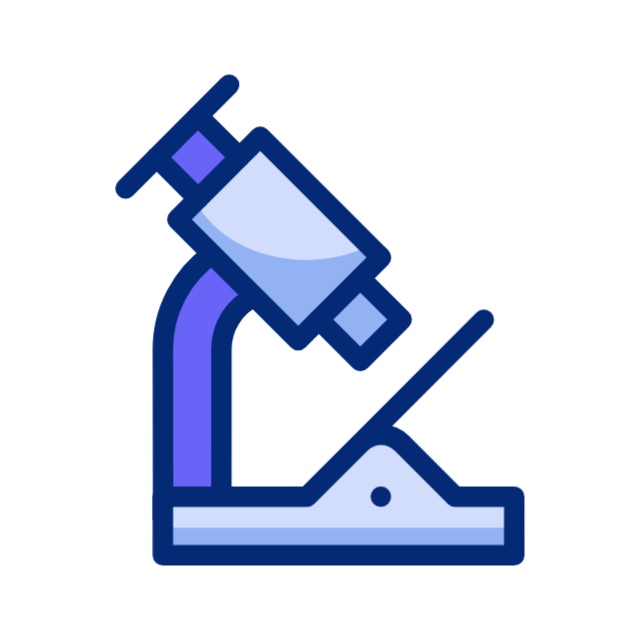top of page
Metabolic Imaging
AI-driven imaging of cellular functions and metabolic networks
We develop techniques based on the “metabolic contrast”. While in traditional imaging probes are used to visualize morphological structures exploiting differences in qualities such as density or water content, in metabolic imaging we are able to image energy trasformations, by making probes interact chemically with their surroundings and in turn alter the image according to molecular changes occurring within the area of interest.
Medical
Physics
Novel Imaging
Biomarkers
Nutraceuticals
AI-driven
Metabolic Imaging
bottom of page








